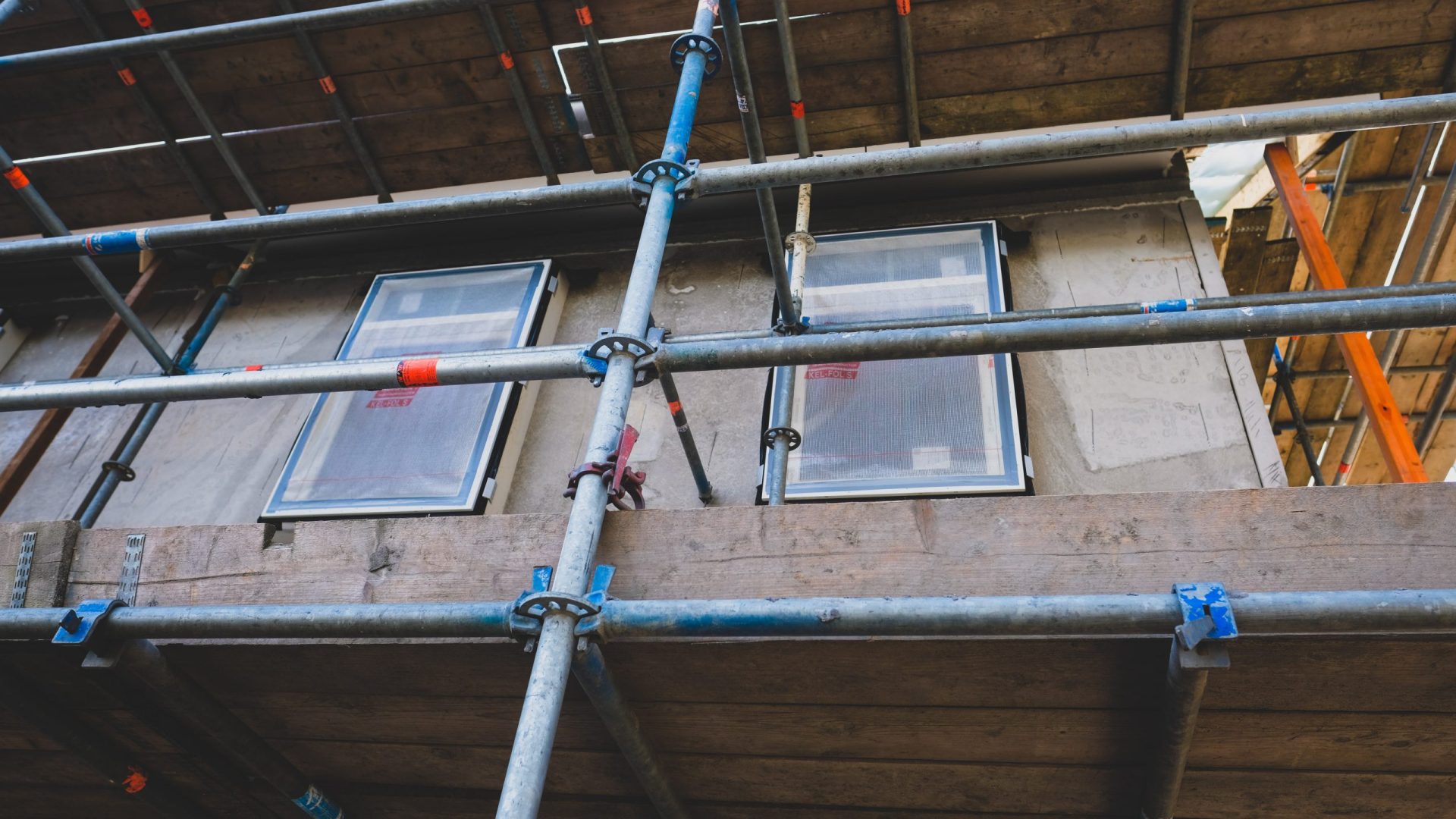Where defective construction work requires rectification and the rectification work is carried out by the Principal, the Principal is entitled to recover the cost of those rectification works in the form of damages.[1] This article considers the extent of the damages recoverable by a Principal.
How does a Principal recover their costs for rectification works?
A Principal can recover its costs of rectification through mechanisms within the contract, such as contractual set off, or outside of the contract through equitable set-off, or common law damages.
How far do damages for rectification costs really go?
At law, the Principal must show the rectification works were reasonable and necessary if it wishes to recover its damage. What is reasonable and necessary is a question of fact – it differs in each case. The extent of what can be recovered is costs over and above the contract price that are incurred by the Principal in order to get the works to the point of conformity with the contract.[2]
The case of Bellgrove v Eldridge[3] provides the leading example of what would be considered reasonable and necessary to produce conformity in saying “No one would doubt that where pursuant to a building contract calling for the erection of a house with cement rendered external walls of second-hand bricks, the builder has constructed the walls of new bricks of first quality the owner would not be entitled to the cost of demolishing the walls and re-erecting them in second-hand bricks. In such circumstances the work of demolition and re-erection would be quite unreasonable…”
This ideology was further built upon in the case of Ruxley Electronics v Forsyth [1996] AC 344 where it was held that not only do rectification works have to be reasonably necessary, but the costs of rectification must be in proportion with the benefit to be received by the Principal. The facts in Ruxley are a great example:
- Ruxley Construction Ltd was engaged by Forsyth to build a swimming pool (amongst other things).
- The pool was constructed by Ruxley to be 6 feet and 9 inches.
- It was an express term of the contract that the pool would have a maximum depth of 7 feet and 6 inches. This was 9 inches (23 centimetres) deeper than the actual depth of the pool.
- There was no decrease in the value or usability of the pool as a result of the defect, and the only method by which it could be rectified was held to be complete demolition, and re-construction of the pool.
- As such, it was held that the cost of rectifying this defect to increase the depth by 9 inches (23 centimeters) was disproportionate to the actual benefit Forsyth would receive from having a deeper pool.
- Damages for rectification were not awarded.
How do we apply the test?
In accordance with the leading recent case on rectification damages, the test is to be applied prudently. The Court in Tabcorp Holdings Ltd v Bowen Investments Pty Ltd (2009) 253 ALR 1, stated that the test of unreasonableness is only satisfied in fairly exceptional circumstances, that is, the decrease in value of damages will only apply where the innocent party is using a technical breach, to secure an undeserved profit.
This concept was built upon further in Stone v Chappel (2017) 128 SASR 165, to address the need for further guidance in deciding the question of reasonableness. The Court indicated that determining what is considered reasonable must be done objectively, and in contemplation of the original bargain struck by the parties, to reflect their initial intentions.[4]
Further, the principles in Bellgrove v Eldridge and Ruxley and Tabcorp were reaffirmed in the recent case of Xtrordinary Contructions Pty Ltd v Luppino [2021] SASC 132 in stating that the plaintiff is entitled to recover the amount necessary to place him or her in the same position as if the contract had been performed. In the case of defective building work, the usual measure of damages is the cost of rectifying the work to produce conformity with the contract.
Conclusion
Principals can recover the costs of remedial works from Contractors if the works are reasonable and necessary. The crucial lesson is to be prudent in carrying out rectification works to ensure expenditure does not exceed what is considered reasonable in the context of the contract and ensuring the costs are in proportion to the benefit to be obtained by the Principal.
Further, at the time of drafting a contract, a Principal must make plain the desired result to be achieved by the Builder. Accordingly, express terms clarifying a Principal’s project requirements should be closely examined by builders.
If you need help working out what is reasonable and necessary in your case, speak to Brett Vincent, Principal Partner or Jennapher Khouzame, Paralegal.
The contents of this publication do not constitute legal advice and are for general information purposes only. You should seek legal advice regarding your particular circumstances.
[1] McGregor, H., Edelman, J., Colton, S. and Varuhas, J., 2003. McGregor on damages. London: Sweet & Maxwell, at pages 884 and 886-887.
[2] Bailey, J. 2020. Construction Law. London Publishing Partnership, Vol 2, Edition 3 at page 1147; Bellgrove v Eldridge (1954) 90 CLR 613.
[3] Ibid.
[4] Ibid at page 1347.

